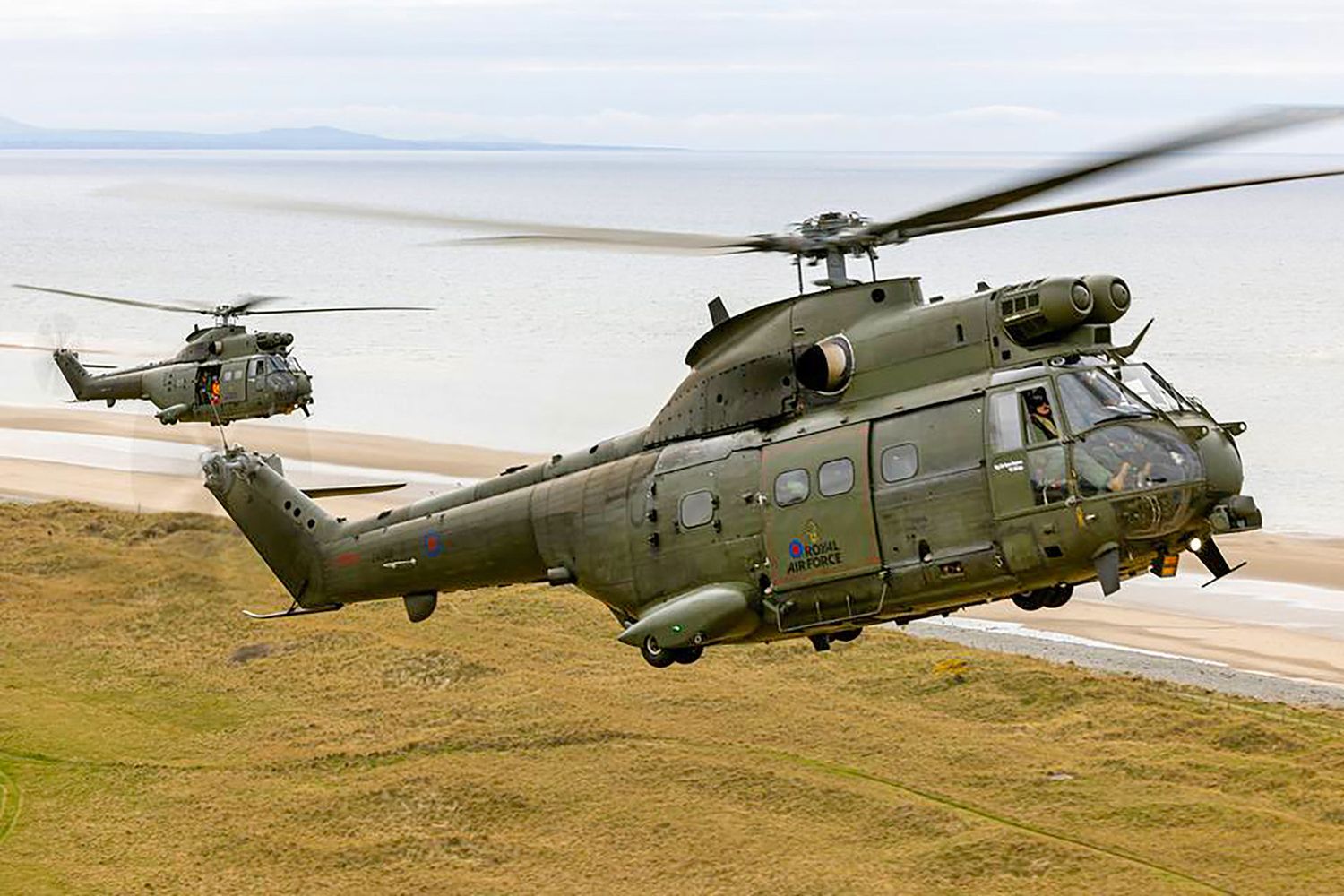UK’s Royal Air Force bids farewell to Puma helicopters after over five decades of service
On March 26, the Royal Air Force officially retired its fleet of Puma helicopters, ending more than fifty years of continuous service.
First introduced in 1971, the Puma (Aérospatiale SA 330) quickly became a vital asset for the UK armed forces, known for its agility, speed, and versatility.
In recent years, it was deployed to Kenya (2009–2011) to support British training exercises in the region and operated in Afghanistan from 2015 to 2021. It also provided humanitarian aid in the Caribbean during Operation RUMAN following Hurricane Irma in September 2017. During the COVID-19 pandemic, it played a key role in Operation RESCRIPT in 2020, delivering essential support to the most affected communities. As of March 2025, it was still active in missions in Cyprus and Brunei.
In the UK, the aircraft was produced under license by Westland, later known as Agusta Westland, and now part of Leonardo Helicopters. The Puma family has since evolved into its third generation with the Airbus H225M Caracal, also produced in Brazil by Helibrás, according to AEROIN, a partner media outlet.
Despite this evolution, Airbus is currently competing to replace the Puma in both the Royal Air Force and the British Army with its H175M, a completely new aircraft design. The Italian-made Leonardo AW149 and the American Sikorsky S-70M Black Hawk are also contenders in the selection process.
The retirement of the Puma marks a shift toward new technologies in military aviation, but its legacy will continue to inspire future generations of aviators. Its final flight was not just a farewell—it was a celebration of the Puma’s remarkable journey.


Comentarios
Para comentar, debés estar registrado
Por favor, iniciá sesión